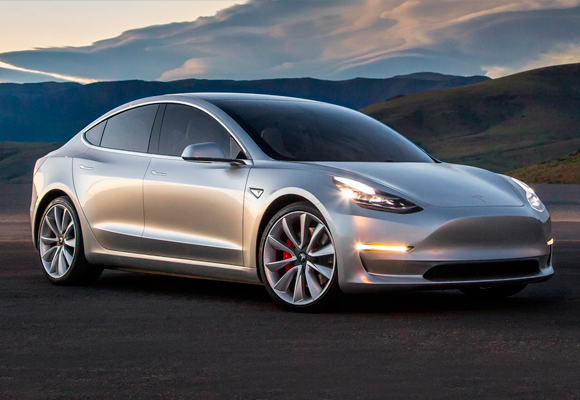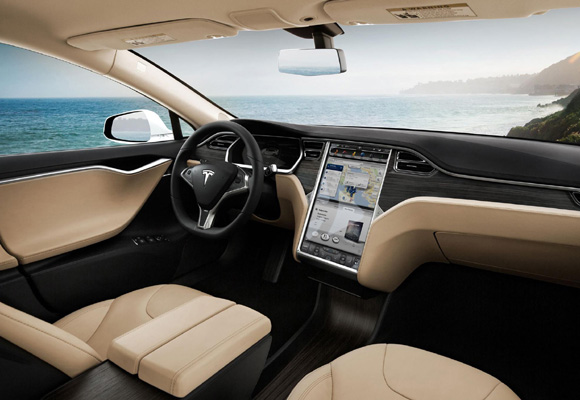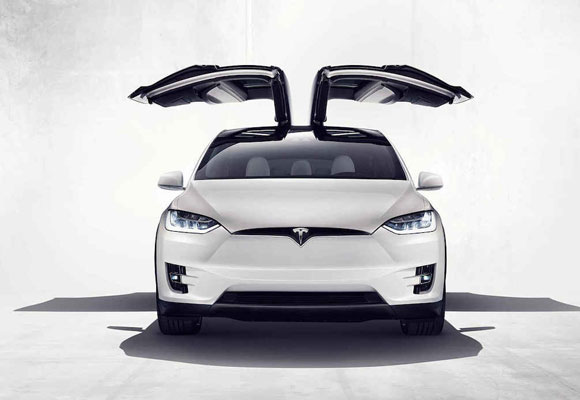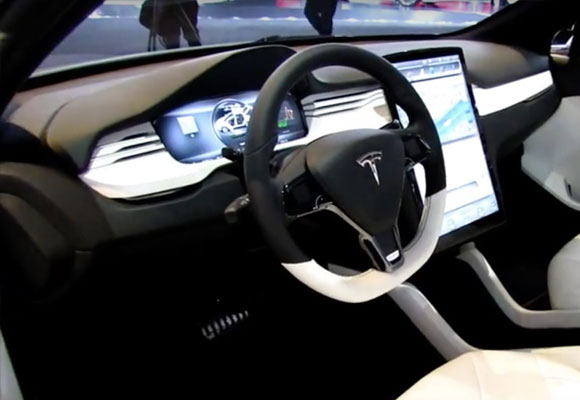When Tesla Surpassed BMW
With a considerably lower turnover than the largest companies in the car industry, and suffering operating losses, Tesla has surpassed BMW in market capitalization
A few months ago Tesla, the innovative company of Elon Musk, had outperformed Ford. Last week, the Palo Alto company surpassed BMW and became the fourth largest on stock market value terms. The figures and core values do not explain why a company that sold only 80,000 units of vehicles in 2016 (GM, for example, sold almost 10 million units) can rub shoulders and even surpass values as solid and established as BMW. On June 10, Tesla’s value on the stock market exceeded USD 60 billion, the value of BMW. The German giant invoiced in 2016 for EUR 96 billion, while Tesla made it worth less than 7 billion EUR.
The market is looking forward to the launch of the Tesla Model3, a vehicle that Elon Musk himself started talking about several months ago and whose requests already exceed 400,000 units. The Palo Alto (California) factory is working at full capacity to meet such huge demand. The key to the success of this model is found in its acceptable price of around thirty thousand Euros or in its autonomy of more than 300 km, a milestone for an electric vehicle.
How is it possible for a company that sales between 15 and 20 times less than its direct rivals, surpasses them widely in the stock market? The first thing to understand is that for the value of a company to grow in the stock market, it must present solid financial figures. This is not the case for Tesla, which had losses in 2016 worth USD 776 million. A company with permanent losses would decapitalize in a more or less considerable term. However, Tesla vehicles are sold with a gross margin of over 27%, a figure in line, and in some cases higher than the industry average. This is a very positive fact, because it tells us that Tesla’s losses come not from its sales of vehicles but from the company’s bets on charging stations, operating systems, or some «exotic» project like the one that tries to reach the surface of Mars.
Tesla, on the other hand has an additional handicap which is that of an elated debt to total assets ratio of 72%, well above the sector average. The profit figure as the percentage of indebtedness tells us that investing in Tesla is certainly risky, but tremendously attractive, especially in an environment such as the one we are in, switching to clean fuels and towards autonomous vehicles. Tesla shareholders expect great joys of their favorite brand, a joy not without a risk, which is much smaller in a company as solid as BMW, which has lower debt and enviable margins, but whose main assets (recognized brand and also efficient equipment and factories) will be giving way to more integrated, intelligent and innovative processes, typical of the New Economy.
Tesla is not free from competition, as far as electric vehicles are concerned, from traditional companies, as they are increasingly investing in electric or hybrid models. In addition, while it seems clear that the car that consumes clean energy will advance by leaps and bounds, a fall in oil prices could affect the demand for vehicles in which Tesla wants to impose its leadership.
Disclosure: The Luxonomist is not responsible for the views expressed in the article. The text has been written freely expressing their own ideas, without receiving any compensation. The author has no business relationship with any of the companies whose shares are listed in this article.




